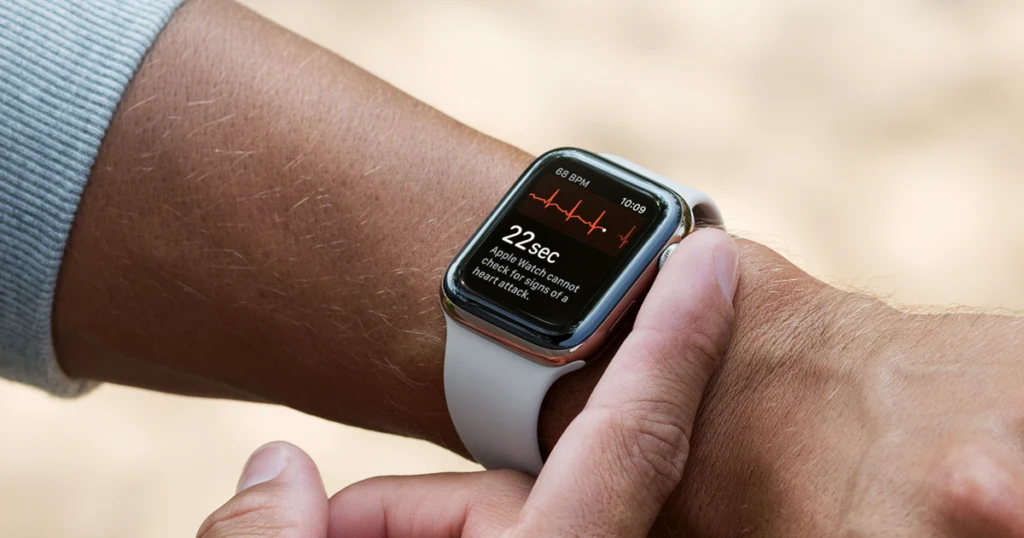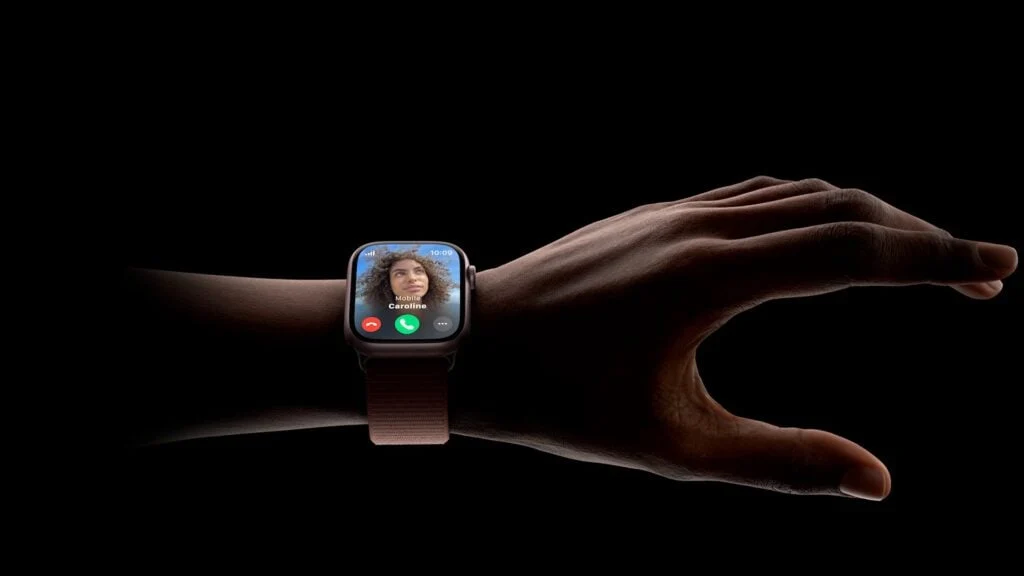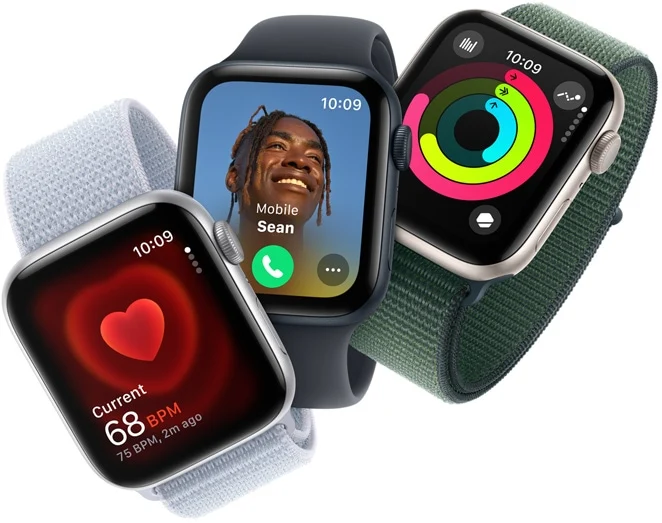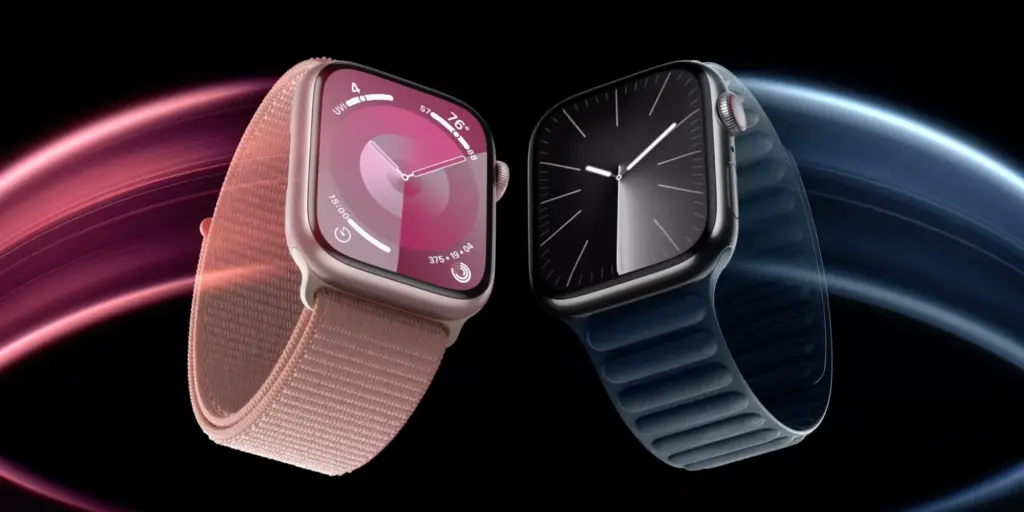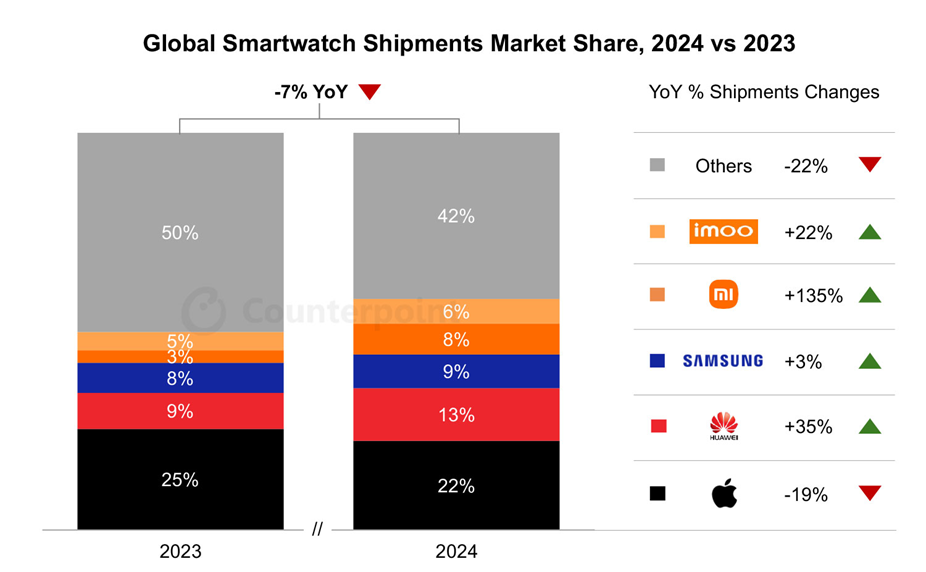Key Takeaways
1. Apple iPhone will feature a revamped user interface with iOS 19, emphasizing transparency and depth.
2. Significant design changes are planned for iOS, iPadOS, macOS, watchOS, and tvOS.
3. watchOS 12 and tvOS 19 will be redesigned to match the new aesthetic of iOS 19, though specific features are not yet detailed.
4. The user interface across all Apple devices will become more uniform after these updates.
5. AI enhancements are expected to improve iPhone battery life and introduce multitasking improvements for iPad.
Rumors have been floating around for several months that the Apple iPhone is set to receive a totally revamped user interface with the iOS 19 update, which will emphasize transparency and depth, akin to visionOS 2. A recent report from Bloomberg suggests that Apple aims to implement significant design changes this year not just for iOS and iPadOS, but also for macOS, watchOS, and tvOS.
Updates for watchOS and tvOS
According to Bloomberg reporter Mark Gurman, both watchOS 12 and tvOS 19 will undergo a “redesign” to align with the fresh aesthetic of iOS 19. The report, however, lacks specific information regarding what new features Apple Watch or Apple TV 4K users can anticipate. Nevertheless, it shouldn’t be long before the new user interface is officially revealed, as Apple typically unveils its operating system updates during the World Wide Developers Conference (WWDC), set to commence on June 9.
Standardization Across Devices
After these operating system enhancements, the user interface across all Apple devices is poised to become more uniform than ever before. One of the most thrilling new features is artificial intelligence, which is believed to enhance the battery life of the iPhone, while the iPad is rumored to receive several multitasking improvements, starting with a macOS-like menu bar that will show up when an external keyboard or keyboard case is connected. While rivals like Google are mainly concentrating on new AI functionalities, the focus of WWDC is expected to be more on software design rather than Apple Intelligence.
Source:
Link


